ANTENNAS
An antenna (or aerial) is an electrical device which converts electric currents into radio waves, and vice versa. It is usually used with a radio transmitter or radio receiver. In transmission, a radio transmitter applies an oscillating radio frequency electric current to the antenna's terminals, and the antenna radiates the energy from the current as electromagnetic waves (radio waves). In reception, an antenna intercepts some of the power of an electromagnetic wave in order to produce a tiny voltage at its terminals, that is applied to a receiver to be amplified. An antenna can be used for both transmitting and receiving. Antennas are essential components of all equipment that uses radio. They are used in systems such as radio broadcasting, broadcast television, two-way radio, communications receivers, radar, cell phones, and satellite communications, as well as other devices such as garage door openers, wireless microphones, bluetooth enabled devices, wireless computer networks, baby monitors, and RFID tags on merchandise. Typically an antenna consists of an arrangement of metallic conductors ("elements"), electrically connected (often through a transmission line) to the receiver or transmitter. An oscillating current of electrons forced through the antenna by a transmitter will create an oscillating magnetic field around the antenna elements, while the charge of the electrons also creates an oscillating electric field along the elements. These time-varying fields radiate away from the antenna into space as a moving electromagnetic field wave. Conversely, during reception, the oscillating electric and magnetic fields of an incoming radio wave exert force on the electrons in the antenna elements, causing them to move back and forth, creating oscillating currents in the antenna. Antennas may also contain reflective or directive elements or surfaces not connected to the transmitter or receiver, such as parasitic elements, parabolic reflectors or horns, which serve to direct the radio waves into a beam or other desired radiation pattern. Antennas can be designed to transmit or receive radio waves in all directions equally (omnidirectional antennas), or transmit them in a beam in a particular direction, and receive from that one direction only (directional or high gain antennas). The first antennas were built in 1888 by German physicist Heinrich Hertz in his pioneering experiments to prove the existence of electromagnetic waves predicted by the theory of James Clerk Maxwell. Hertz placed dipole antennas at the focal point of parabolic reflectors for both transmitting and receiving. He published his work in Annalen der Physik und Chemie (vol. 36, 1889).--------(click to enlarge pics)
The words antenna (plural: antennas[1]) and aerial are used interchangeably; but usually a rigid metallic structure is termed an antenna and a wire format is called an aerial. In the United Kingdom and other British English speaking areas the term aerial is more common, even for rigid types. The noun aerial is occasionally written with a diaeresis mark—aërial—in recognition of the original spelling of the adjective aërial from which the noun is derived. The origin of the word antenna relative to wireless apparatus is attributed to Italian radio pioneer Guglielmo Marconi. In 1895, while testing early radio apparatus in the Swiss Alps at Salvan, Switzerland in the Mont Blanc region, Marconi experimented with long wire 'aerials'. He used a 2.5 meter vertical pole, with a wire attached to the top running down to the transmitter, as a radiating and receiving aerial element. In Italian a tent pole is known as l'antenna centrale, and the pole with the wire was simply called l'antenna. Until then wireless radiating transmitting and receiving elements were known simply as aerials or terminals. Because of his prominence, Marconi's use of the word antenna (Italian for pole) spread among wireless researchers, and later to the general public.[2] In common usage, the word antenna may refer broadly to an entire assembly including support structure, enclosure (if any), etc. in addition to the actual functional components. Especially at microwave frequencies, a receiving antenna may include not only the actual electrical antenna but an integrated preamplifier or mixer.
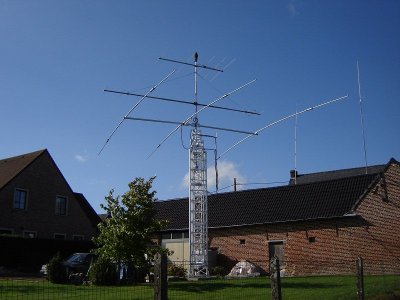

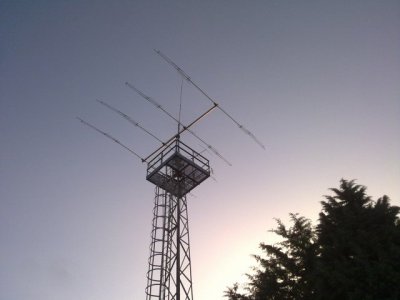
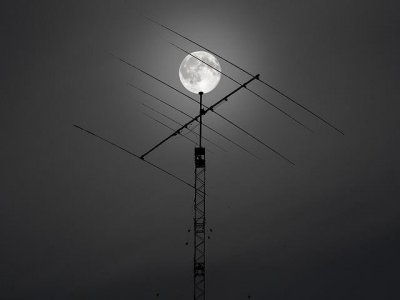
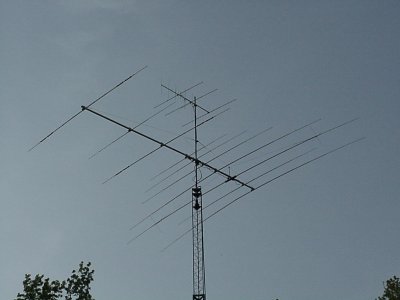
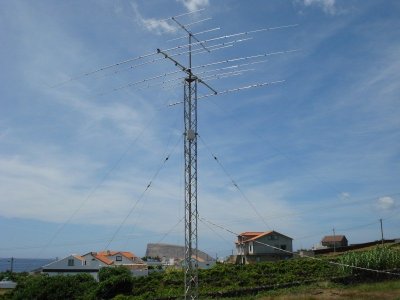
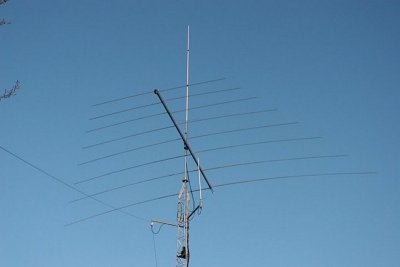
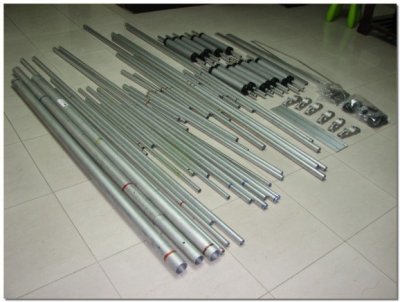
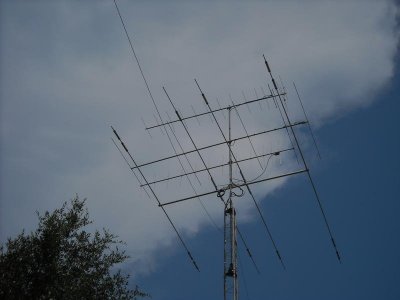
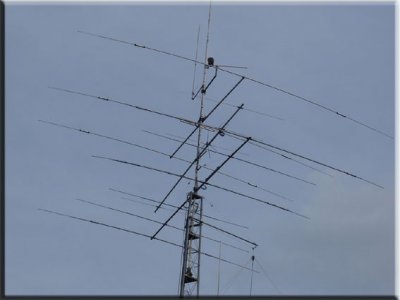
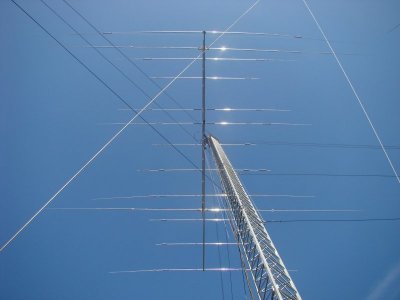
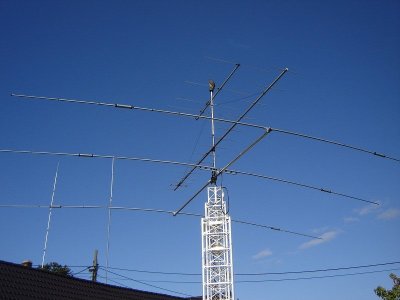



______________________________________________________________________________________
Home | Hf Radios | Antennas | Amplifiers | Videos | Contact Logs | Radio News | Weather | Google Map




 Callsign Lookup
Callsign Lookup